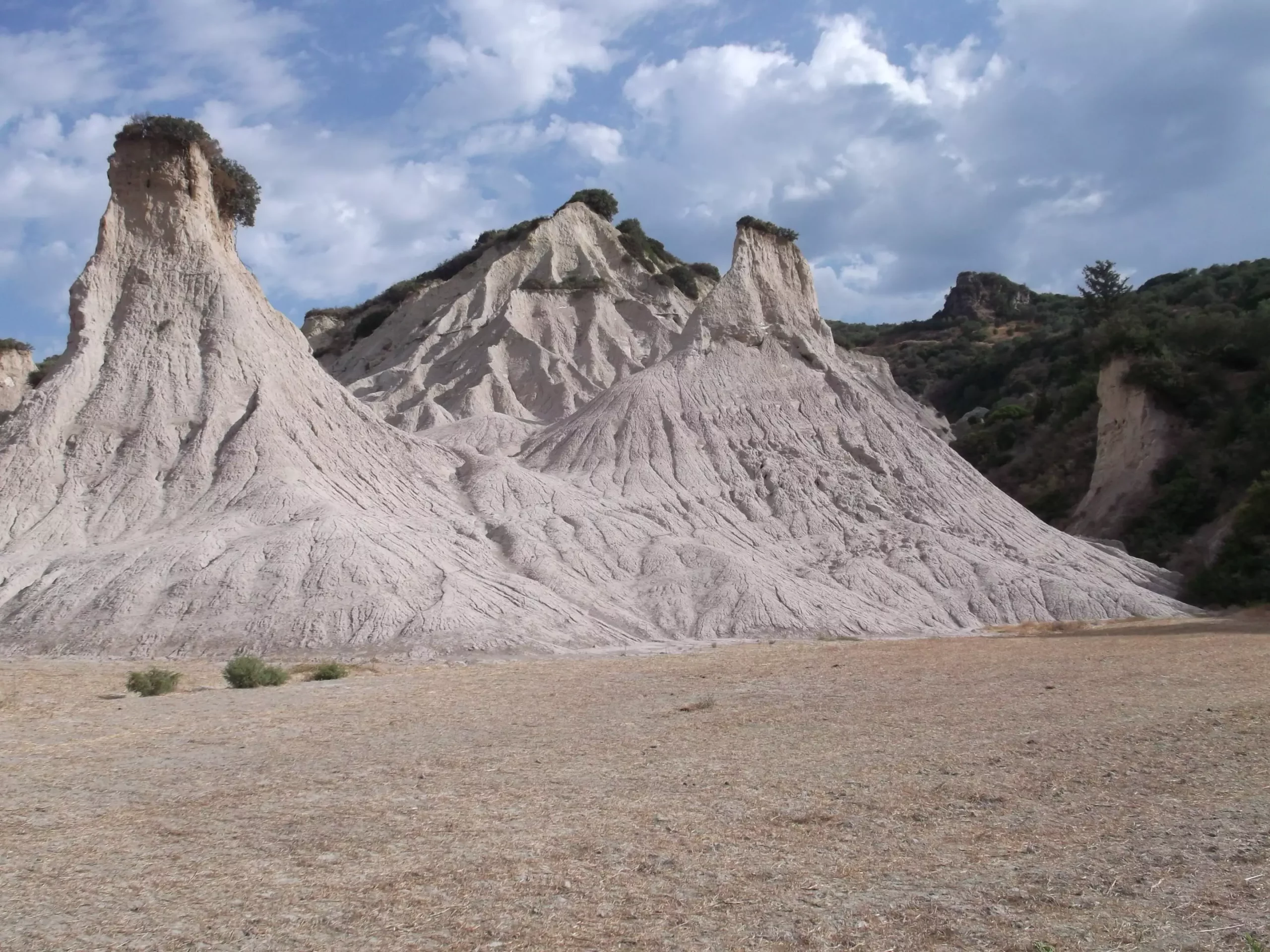The Mediterranean Sea, a shimmering expanse of history and biodiversity, has experienced profound ecological upheaval—a story revealed by a groundbreaking study led by Konstantina Agiadi from the University of Vienna. The focus of this research revolves around the Messinian Salinity Crisis, a colossal event dating back approximately 5.5 million years that wrought devastating changes within this unique marine environment. This study not only emphasizes the fragility of ecosystems but also sheds light on the continent’s broader geological narratives, marking the beginning of a new chapter in restoration and recovery analysis.
The Messinian Salinity Crisis: A Cataclysmic Event
Approximately 5.5 million years ago, the Mediterranean Sea underwent a transformation that led to the formation of substantial salt deposits. The disconnection from the Atlantic Ocean altered salinity levels drastically while creating a landscape where many of the endemic species could not survive. According to Agiadi’s research, an alarming 89% of these species perished during this ecological upheaval, leaving the data to suggest a biodiversity collapse of staggering proportions. This dramatic contrast between pre- and post-crisis biota is indicative of nature’s vulnerability to drastic environmental changes induced by geological events.
Researchers have diligently analyzed both fossil records and sediment cores from a multitude of peri-Mediterranean regions. The findings revealed a staggering turnover of marine species; nearly 67% of the species living in the Mediterranean post-crisis were entirely different from those extant beforehand. Among the 779 endemic species that populated this rich marine habitat, only a paltry 86 proved resilient enough to survive the intense salinity fluctuations which characterized this period. The implications of such a loss reverberate through the socio-ecological fabric of the Mediterranean—highlighting a monumental impact on marine life as ecosystems struggled to adapt to rapidly changing conditions.
While the crisis brought untold destruction to local biodiversity, the processes of recovery are equally illuminating. Remarkably, the study illustrates that the rejuvenation of biodiversity following the crisis did not happen instantaneously. Instead, it took an astonishing 1.7 million years for the Mediterranean biota to begin restoring itself to a semblance of its former richness. This extensive timeline raises critical questions about the resilience of marine ecosystems and their capacity to recover from ecologically traumatic events.
The subsequent reintegration with the Atlantic Ocean, which facilitated species migration and the introduction of new marine species such as the Great White shark and oceanic dolphins, transformed Mediterranean biodiversity into a new formation. Notably, the research reveals a distinct pattern of species distribution, reflecting a gradient of biodiversity that decreases from the western to eastern extremes of the sea. This ongoing evolution of species dynamics underscores the intricate interdependencies within marine ecosystems and how they adapt to external perturbations.
An important aspect of this study is its contribution to the intersection of geology, biology, and ecology. Using sophisticated methodologies, the researchers have connected the dots between plate tectonics, the genesis of salt formations, and biological responses to environmental crises. Such interdisciplinary approaches offer a novel framework for understanding other ecological biotic events globally.
This research doesn’t just set the stage for academic inquiry; it opens up a plethora of exciting questions for future studies. For example, what mechanisms allowed the survival of the 11% of species that withstood the salinity crisis? Furthermore, how have previous salt formations dynamically interacted with ecosystems throughout Earth’s history? These queries will guide researchers moving forward, particularly under the auspices of new collaborations like the “SaltAges” Cost Action Network, which aims to probe the multifaceted impacts of historical saline environments.
The study led by Konstantina Agiadi marks a significant advancement in our understanding of marine biodiversity and its resilience in the face of ecological crises. It serves as a poignant reminder of the precarious balance within ecosystems and the long-lasting effects of geological interruptions on biodiversity. As researchers continue to investigate these fascinating ecological narratives, the hope is to cultivate a deeper appreciation for marine environments and their complex histories—ultimately fostering more effective conservation strategies in a changing world. The lessons learned from the Mediterranean can and should inform our actions, as history teaches us that recovery, though possible, is often long and fraught with challenges.


Leave a Reply